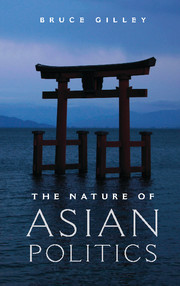1 - Introduction
Published online by Cambridge University Press: 05 September 2014
Summary
Profit and Honor
Around the year 1400, a dispossessed Sumatran prince fled his home at the tip of the Malay Peninsula to establish a new kingdom farther north along the narrow strait that connects the South China Sea to the Indian Ocean. The new settlement was named after the melaka trees that grew abundantly along the estuarial rivers of the region. The calm and fine port, with its favorable winds, moderate temperatures, a well-protected harbor, and expansive flat land, soon attracted traders. Within a decade of its founding, Malacca contained 6,000 people.
Malacca stood at the confluence of several great and enlightened kingdoms of early modern Asia. On the western periphery was the resplendent and enlightened new Mughal empire of India. To the south was the declining but still impressive Javanese Majapahit kingdom. To the northwest was the powerful new Ayutthaya, or Siam, kingdom of the Thais. And looming over the northeast was the culturally confident new Ming dynasty of China, which would lead a resurgence of Asia’s cosmopolitan and oceanic traditions.
- Type
- Chapter
- Information
- The Nature of Asian Politics , pp. 1 - 20Publisher: Cambridge University PressPrint publication year: 2014

